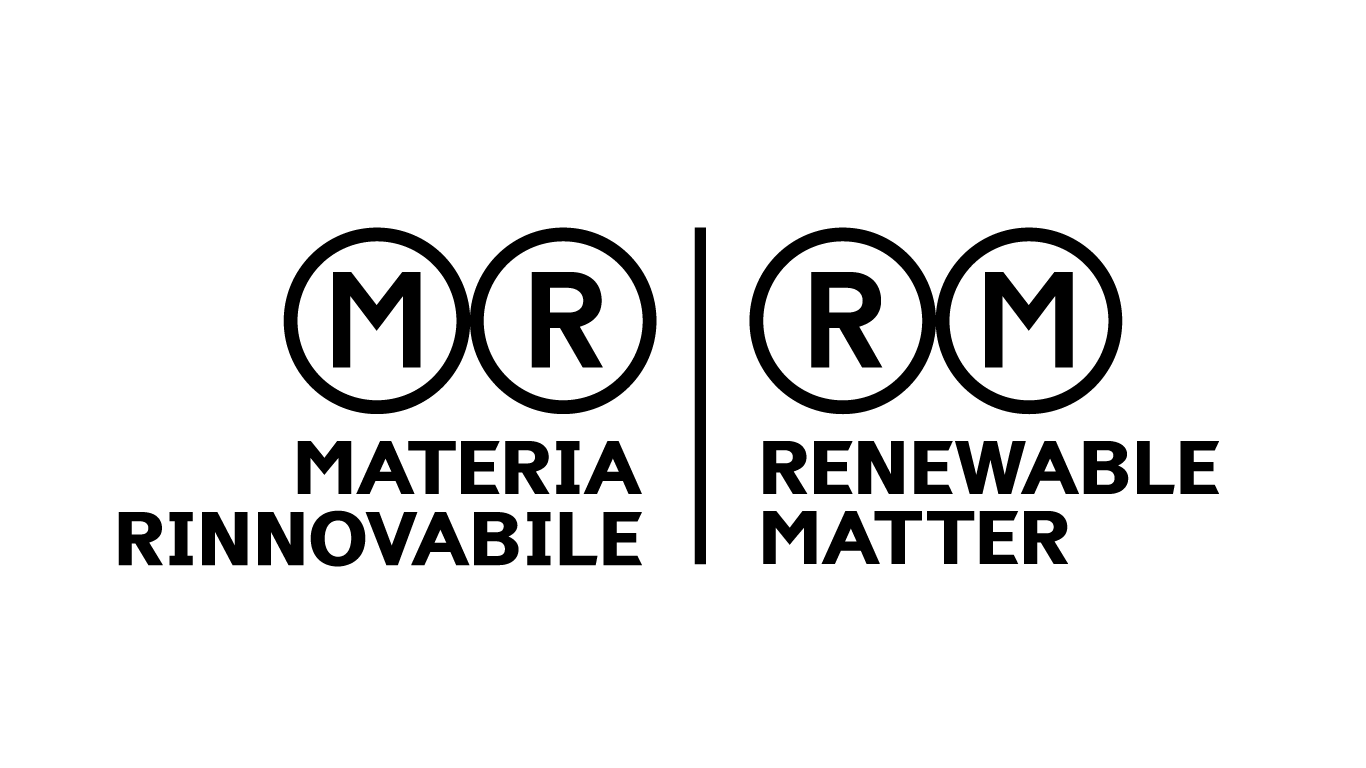
“The final draft of phase one was signed this morning in Egypt by all parties for the release of all hostages.” This was announced by Israeli government spokesperson Shosh Bedrosian, who also explained that the Israeli army will maintain control of approximately 53% of Gaza's territory. In addition, a cabinet meeting will be held at 5 p.m. (local time) and that a government meeting will take place an hour later. “Within 24 hours of the Cabinet meeting, a ceasefire will begin in Gaza,” explained Bedrosian. The spokesperson added that the IDF will withdraw to the yellow line as indicated on the Trump plan maps, while after 24 hours, the 72 hours time period during which all Israeli hostages will be released and returned to Israel will begin.
A morning of hope and tension marked Thursday, 9 October. Celebrations in Tel Aviv were overshadowed by plumes of smoke rising from Israeli bombings in the Gaza Strip, continuing despite the announcement of an agreement between Hamas and Israel, reached after two years of violence, with mediation from Qatar, the United States, Egypt, and diplomatic support from Turkey.
The news was delivered yesterday by Donald Trump, who wrote in a post on Truth Social: “ALL of the hostages will be released very soon, and Israel will withdraw their Troops to an agreed upon line as the first steps toward a Strong, Durable, and Everlasting Peace”. The agreement was then confirmed by Israeli Prime Minister Benjamin Netanyahu and in a statement by Hamas. In an interview with Fox News, meanwhile, the US president declared himself very confident that there would be peace in the Middle East, anticipating that the hostages could be released as early as next Monday (13 October).
Yet, just as the signing of the first phase of the plan was expected in Sharm el-Sheikh at 12 noon local time, Israel announced that there would be no ceasefire without first ratifying the agreement by the Israeli Parliament. Needless to say, their far-right parties have already made it clear that they will vote against it. The debate is scheduled to begin today at 4 p.m. Italian time.
What does the agreement between Hamas and Israel entail?
If confirmed, the first phase of the plan calls for an immediate ceasefire and the release of all 20 Israeli hostages believed to still be alive, along with the return of the bodies of 28 others who are presumed dead. In exchange, Israel will release hundreds of Palestinian prisoners currently held in their prisons. According to the Wall Street Journal, Hamas has indicated that they need at least ten days to locate the bodies of the deceased Israeli hostages.
At the same time, the Israeli army will begin a gradual withdrawal from most of the Gaza Strip, moving behind an agreed line that marks a large central area of the territory. The next stages of the plan include further withdrawals and the establishment of a “buffer zone” along the border.
Qatar Foreign Ministry spokesman Majed al-Ansari stated on X that the agreement “will lead to ending the war, the release of Israeli hostages and Palestinian prisoners, and the entry of aid”. Israel, on the other hand, has spoken of an agreement centred on the release of hostages, but has so far avoided confirming the total withdrawal of their troops.
Humanitarian aid is a key element of the agreement: the Gaza Strip, where more than 2.2 million people lived before the Israeli attacks, has been suffering for months from a shortage of necessities. Entry of these basic goods has been blocked and hindered by Israel, which has used hunger and thirst as weapons over the past two years. With the implementation of the agreement, tonnes of food, medicines and fuel should now enter the Strip, coordinated by international organisations with logistical support from Egypt.
Reactions and geopolitical perspectives
The initial reactions to the agreement were cautiously optimistic. Benjamin Netanyahu, who expressed his deep gratitude to Donald Trump, described the agreement as “a national and moral victory for the State of Israel”, emphasising that “we will not rest until all our hostages return and all our goals are achieved”. Hamas has demanded guarantees that Israel will not violate the terms of the agreement and that the ceasefire will be lasting, reiterating the need for the withdrawal of troops and the entry of humanitarian aid.
The President of the Palestinian National Authority, Abu Mazen (Mahmoud Abbas), also stated that “hopes the effort is a prelude to a long-term political solution that will end the Israeli occupation and lead to the establishment of a Palestinian state,” adding that “the Palestinian Authority is ready to work with all parties to ensure the success of the agreement.”
However, the political future of the Strip remains uncertain: the original version of Trump's plan, presented on 29 September, called for the exclusion of Hamas from the government and the complete demilitarisation of the territory. It is not yet clear whether the negotiations of the last few days have changed these conditions.
European Commission President Ursula von der Leyen expressed her appreciation on X for the diplomatic efforts of the United States, Qatar, Egypt and Turkey. According to European diplomatic sources, the EU is ready to endorse a €5 billion reconstruction plan for Gaza, to be launched in parallel with the political stabilisation of the region.
Even in the best-case scenario, which sees an end to the genocide and full implementation of the ceasefire, the Gaza Strip remains a ravaged territory, barely suitable for human life, with severe pollution of the aquifers and soil due to improperly managed waste, bombing and rubble, destroyed water networks, and shortages of food, drinking water and fuel.
The reconstruction will therefore be long and difficult, both in material and moral terms, with the Palestinian population, now exhausted and dying, in need of immediate intervention and security: for two years, in fact, health workers and the media have been unable to do their jobs without the risk of being attacked and killed by the Israeli army. The signing and ratification of the agreement are therefore only the first step towards a future that is still to be understood and rebuilt.
Cover: photo by Mohammed Ibrahim from Gaza



